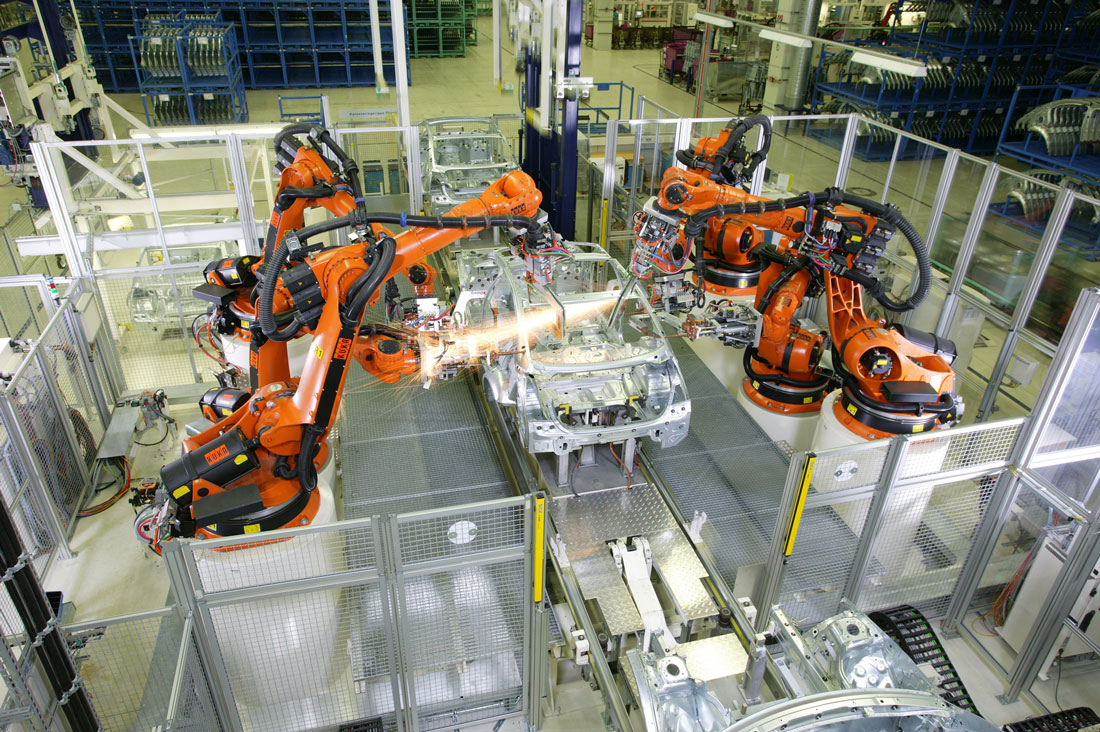By Lawrence Rigby
Springfield’s inability to pass a budget for fiscal 2016 threatens to make life harder for the already hard-pressed Illinois manufacturing industry.
The deadlock could cause manufacturers to lose a Research and Development tax credit that encourages the innovation of new R&D projects. The possible loss of the 6.5 percent tax credit, due to the budget impasse could hurt the sector, according to an industry expert.
“We already struggle against other states and countries and this is harmful,” said Mark Denzler, Vice President & Chief Operating Officer, Illinois Manufacturers Association.
Global competition is stiff. Based on current growth and investment rates, China’s total funding of R&D is expected to surpass that of the U.S. by 2022, according to a global R&D forecast by Battelle Institute, the world’s largest nonprofit research and development organization.
Illinois is risking its ability to compete with other states, according to Charles Goulding, tax attorney and president of Energy Tax Savers, Inc., an interdisciplinary tax and engineering firm.
“More than 30 states have an R&D tax credit. Startups and companies considering relocation are not going to view the absence of a state credit favorably,” said Goulding.
But before the tax credit can lure new business to the state, stakeholders say Springfield must do right by those companies that already call Illinois home.
“We don’t have the deep resources large manufacturing companies have and the state government is not kind to small businesses, as much as they’d like to believe they are. They make it harder and harder for small businesses to operate,” said Ann Arndt, Business Manager of Ortman Mccain Co., a small-business manufacturing company.
“The loss of the tax credit would probably limit the amount of research we are able to do.”
Top 10 Illinois manufacturing sectors by sales, in millions of dollars, 2013
[field name=”chart”]
The loss of the tax credit could also have repercussions for academic institutions.
“We are a non profit, but the R&D tax credit may have an indirect affect if it were to decrease the research funding available for industry to sponsor research at universities,” said Alan Cramb, President of the Illinois Institute of Technology.
Schools like IIT, along with others in academia, are vested in company engagement. Reliance on company support goes beyond providing jobs for expecting college grads, to providing equipment for students. Spending of this kind allow academic institutions to conduct cutting-edge research as well as attract top talent in science fields, educators say.
“There is a rollover effect on students. If there is visible flight of companies leaving the state, it will cause students to look elsewhere because of the disproportionate number of opportunities,” said Dennis Roberson, Vice Provost for Research, Illinois Institute of Technology.
In 2012, academic institutions throughout the state of Illinois invested a total of $2.36 billion in R&D, making Illinois one of the top ten states for total academic R&D investment.
This contribution is why Mark Harris, President and CEO, Illinois Science and Technology, wants a long term solution given to the tax credit.
“We’d love to see the credit become permanent and give more certainty to stakeholders, but it has been a tricky time in Springfield,” said Harris.


